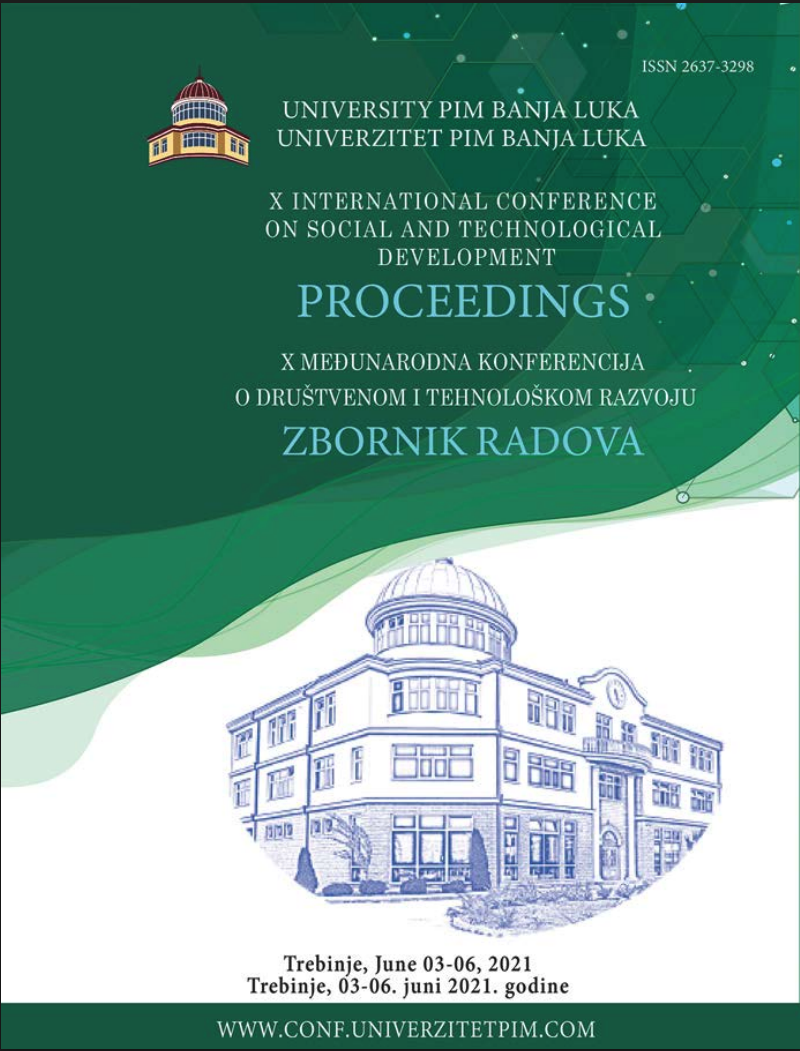
This is an open access article distributed under the Creative Commons Attribution License which permits unrestricted use, distribution, and reproduction in any medium, provided the original work is properly cited.
Innovation Center of the Faculty of Mechanical Engineering, University of Belgrade , Belgrade , Serbia
Innovation Center of the Faculty of Mechanical Engineering, University of Belgrade , Belgrade , Serbia
Innovation Center of the Faculty of Mechanical Engineering, University of Belgrade , Belgrade , Serbia
Faculty of Mechanical Engineering, University of Belgrade , Belgrade , Serbia
In recent years the information and communication technologies use in the education system has been increased. The development of technology demands the education system advancement and the improvement of students’ skills required for the new era, and implies particular challenges as well, especially for the teachers. Due to the Covid-19 pandemic, the Serbian education system, as well as the others around the world, has suddenly been faced with the demand to switch all the education programs to online learning as soon as possible. After almost a year of the online learning model implementation, the research was conducted, with the aim to determine to which extent and at what pace the innovations have been adopted (January and February 2021). The teachers’ ICT training levels were examined, together with the teachers’ attitudes towards the teaching practice in both traditional and online teaching models. With this aim, the survey was conducted among the primary school teachers in Serbia. The research sample included 609 subject teachers. The research results showed that although the teachers’ ICT competences self-assessment appeared to show high levels, the teachers preferred the traditional teaching model for the realization of the educational goals.
The statements, opinions and data contained in the journal are solely those of the individual authors and contributors and not of the publisher and the editor(s). We stay neutral with regard to jurisdictional claims in published maps and institutional affiliations.